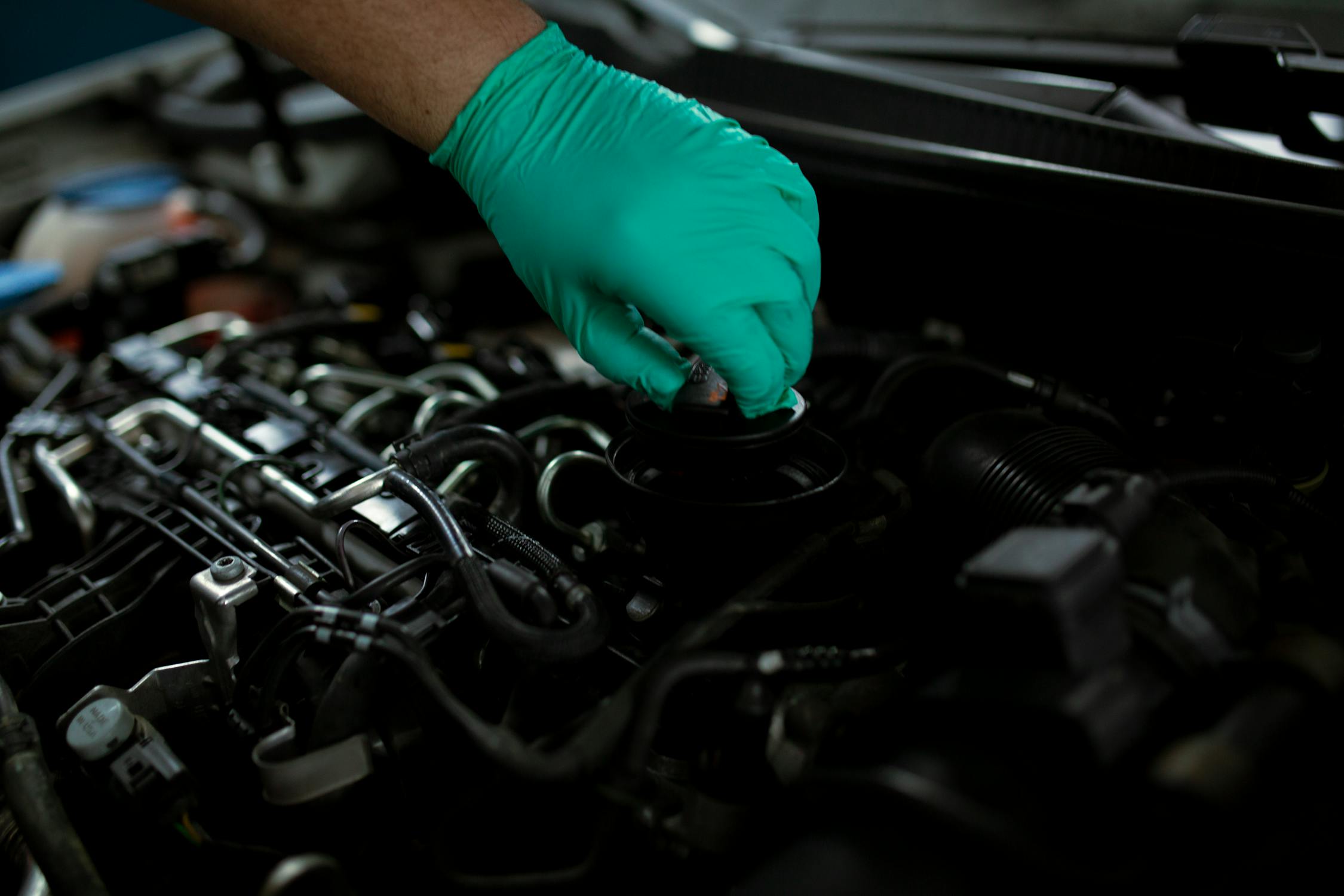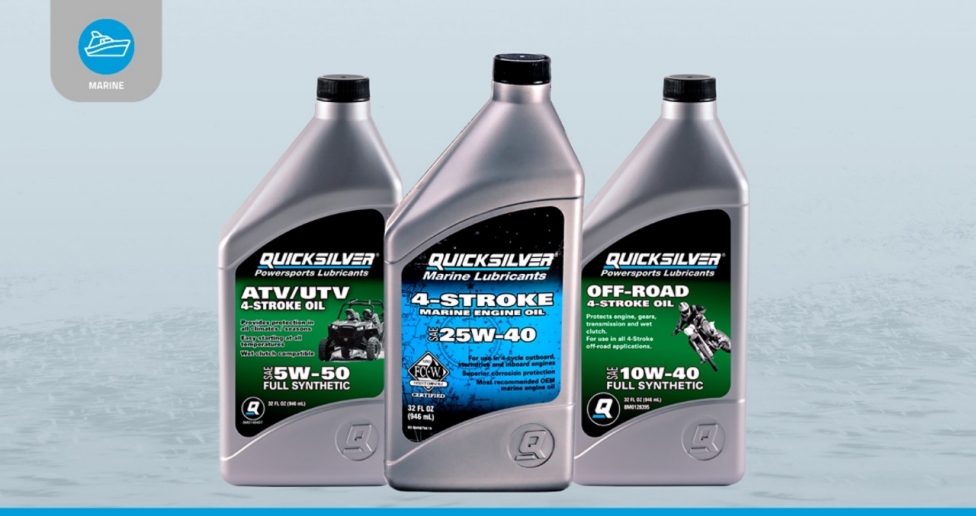When it comes to maintaining your car’s engine, one of the important tasks is monitoring and topping up the engine oil level. However, many car owners wonder if it’s possible to top up the engine oil without draining it. In this article, we will discuss this topic in detail.
Why is Engine Oil Important?
Engine oil plays a crucial role in lubricating the engine’s moving parts, reducing friction, and preventing wear and tear. It also helps in cooling the engine and removing impurities. Over time, engine oil can degrade and lose its effectiveness. Topping it up or changing it at regular intervals is essential to keep your engine running smoothly.
The Importance of Draining Old Oil
Before adding new oil, it is important to drain the old oil. Why? The old oil may have accumulated dirt, debris, and contaminants, which can affect the performance and longevity of your engine. By draining the old oil, you ensure that the engine is free from any harmful substances and ready for fresh oil.
Attempting to top up the oil without draining it can lead to insufficient lubrication, as the fresh oil may not mix properly with the old oil. This can result in engine issues, including increased friction, overheating, and potential damage to engine parts.

Credit: www.mazdaoforange.com
Can I Add Oil Instead of Changing It?
While it might seem convenient to simply top up the engine oil instead of going through a complete oil change, this practice is not recommended. Topping off the oil can be done in emergency situations when the oil level is dangerously low and you need to get to an auto shop immediately.
However, for regular maintenance, it is best to follow the recommended oil change intervals specified by your vehicle’s manufacturer. This ensures that the old oil is completely drained and replaced with fresh, clean oil, providing optimal engine performance and protection.
When Can You Just Top Up the Oil?
In certain situations, topping up the oil can be a temporary solution until you can perform a proper oil change. This is applicable when the oil level is slightly below the recommended mark and you are unable to access an auto shop immediately. However, it’s important to remember that this should only be a temporary fix and not a long-term solution.

Credit: www.toyotaofseattle.com
Regular Engine Oil Checks
Regularly checking your engine oil level is crucial for maintaining your car’s engine health. It is recommended to check your oil level at least once a month or before long trips. To check the oil level:
- Ensure your car is parked on level ground.
- Locate the oil dipstick, usually marked with a bright-colored handle.
- Remove the dipstick, wipe it clean with a cloth, and reinsert it fully.
- Remove the dipstick again and check the oil level. It should be between the minimum and maximum marks.
- If the oil level is low, top it up with the recommended oil type for your vehicle. Refer to your owner’s manual for the correct oil specifications.
- Once topped up, recheck the oil level and ensure it is within the recommended range.
Conclusion
In summary, it is not recommended to top up the engine oil without draining the old oil. Draining the old oil allows for the removal of contaminants and ensures the engine is properly lubricated with fresh oil. Topping up the oil should only be done in emergency situations and considered a temporary solution. Regularly monitoring your oil level and adhering to the recommended oil change intervals will help maintain the performance and longevity of your engine.
Read More:


